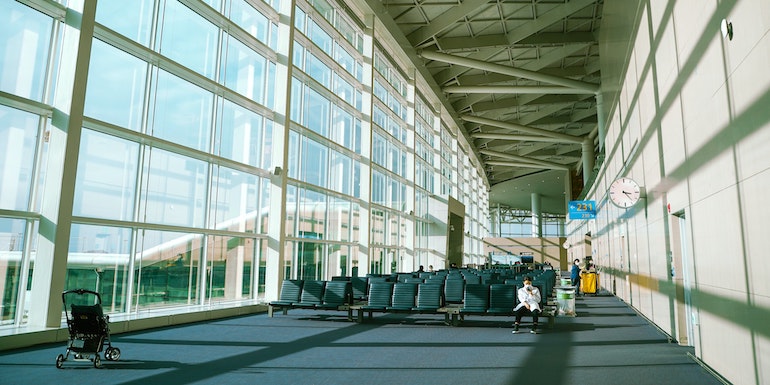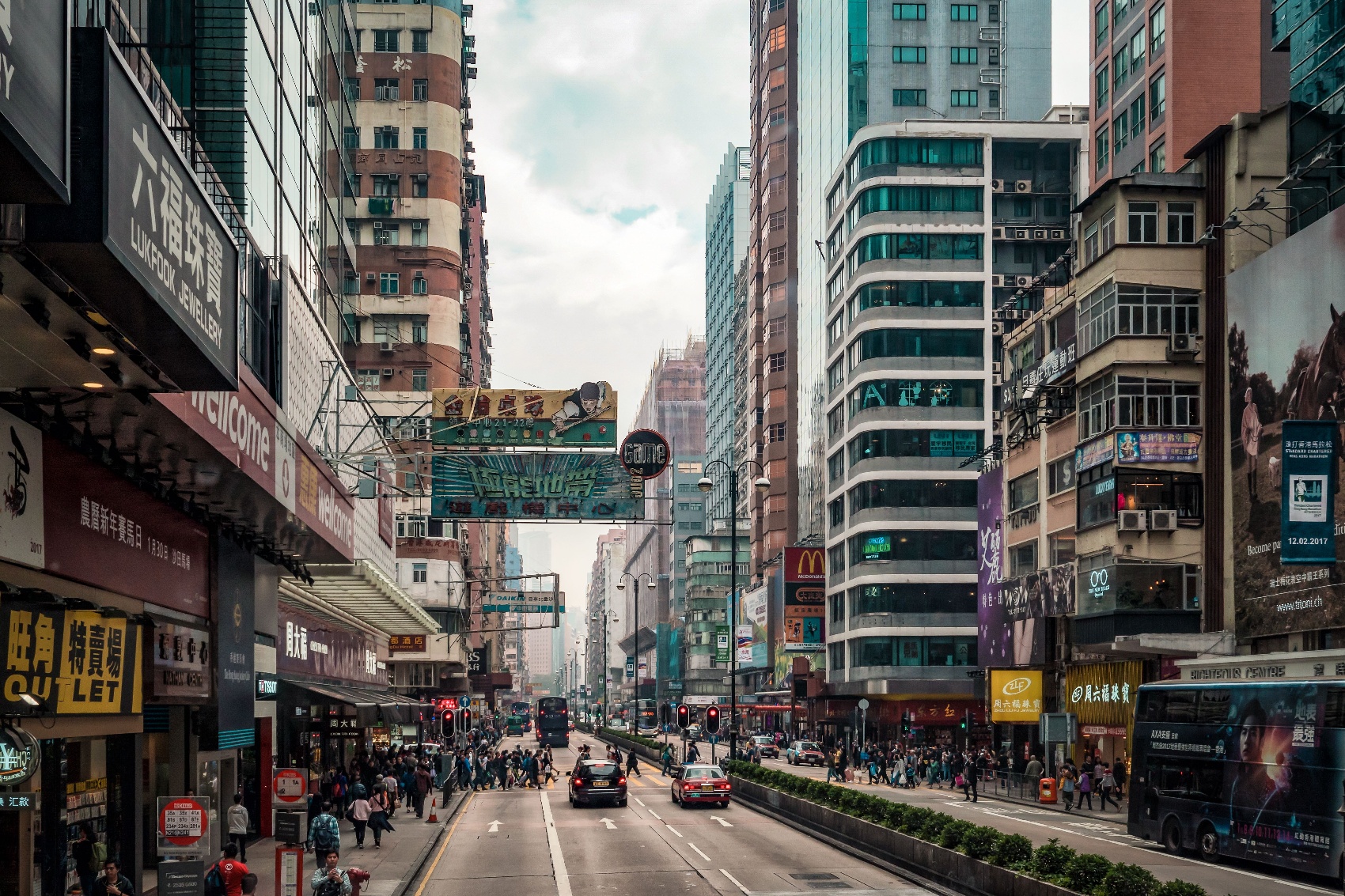
COVID-19 and Global Talent Mobility - A look back and ahead (Part 1)
We’re currently in the midst of incredible disruption and uncertainty around the globe – and every company and industry is being challenged in unique ways. So what does it mean for Global Talent Mobility thus far and into the future? In this two-part series, I’ll first talk about what we have seen in Global Talent Mobility across the globe as the pandemic has gotten to the current point and in the next post, I’ll go into what it may mean for the future of Global Talent Mobility.
Part 1: What has happened so far – and how has it impacted global talent mobility?
Stage 1: What is happening in China and where are my people?
As COVID-19 was starting to become a global household name under the CoronaVirus moniker – the first real shock to many organizations was China going into lockdown. The lockdown signaled that this could be a bigger issue than was being let-on.
For those with business in China – it immediately triggered a data challenge for global mobility teams – do we have what we need to respond quickly? Key questions were:
- Who do we have on the ground in impacted regions?
- Who has been in an area with potential exposure and where are they now?
- What resources were we planning on moving into/out of the region and how do we handle the business impact while people are stuck in limbo?
For those without business in China – some were quicker to see the risk in this evolving situation. Proactive teams and organizations started gathering data and building plans, while many others took more of a wait and see approach.
Stage 2: Borders are still open, but we’re seeing the growth of cases across the globe
As COVID-19 case counts started increasing across the globe – everyone was trying to figure out how serious it was, what it meant for mobility and how long it may last. Lots of conflicting information and limited data were available for decision making. For example, at one point it was thought that only symptomatic individuals were contagious, so many in-person meetings and events happened as planned with the caveat that anyone who felt any semblance of cold or flu-like symptoms should stay home.
We saw a halt to most mobility into APAC, with some rapid repatriations of people already out on assignment. But for the most part – talent mobility continued in the rest of the world. The supply chain was still working (if starting to slow), borders were still open and business continued.
Companies with long-standing operations in APAC understood the seriousness of this disease, having experienced prior smaller-scale outbreaks such as SARS and H1N1, and were quicker and earlier to slow down relocations globally while managing expectations within their business.
Stage 3: Work from home spikes and borders start to close
At this point, it is clear that COVID-19 is heading down the path to global pandemic status. Countries started issuing nation-wide shelter in place orders with places like Italy, Spain, and South Korea heavily impacted. For many organizations, it was like witnessing a bit of a domino effect. Which border would be closed next and will any region be safe?
During this time teams were scrambling to plan and execute rapid moves, replanning blocked moves, comforting impacted employees and answering countless questions – all while now working from home!
As one by one, borders started to close worldwide, any sort of talent mobility ground to a halt for all but the most extreme cases. This left mobility teams troubleshooting, trying to get people on the last flight out, considering fallback plans for people that are stuck in a country they are not supposed to be in or may not want to be in.
Stage 4: Lockdown
For a function focused on deploying talent around the globe – you might expect the restriction of physical movement to mean mobility teams have a lot less going on at the moment. But talk to anyone in talent mobility and you’ll learn that we certainly haven’t reached that point yet!
As lockdown continues there are still extreme situations that must be dealt with to ensure the safety and security of employees, and also protecting the business. For example, those employees that were scrambled out of one country may be now working in another where they technically do not have proper employment status. What does the business need to do to ensure they’re not accidentally breaking any employment laws? For those employees stuck abroad – are there foreign healthcare plans in place and will they be able to see a doctor if needed? In short, there’s still plenty being done by mobility teams even though very few people may be physically moving.
With many of the key fires now put out, and at-risk/in motion employees stabilized and any repatriations completed, mobility teams are now rapidly working through what’s next.
What’s a realistic date to start planning business-critical relocations for?
What ‘pending’ talent mobility will be canceled?
How will we (and the supply chain) deal with a backlog of moves that are piling up and ready to go?
More in next week’s post… planning for what comes next.


